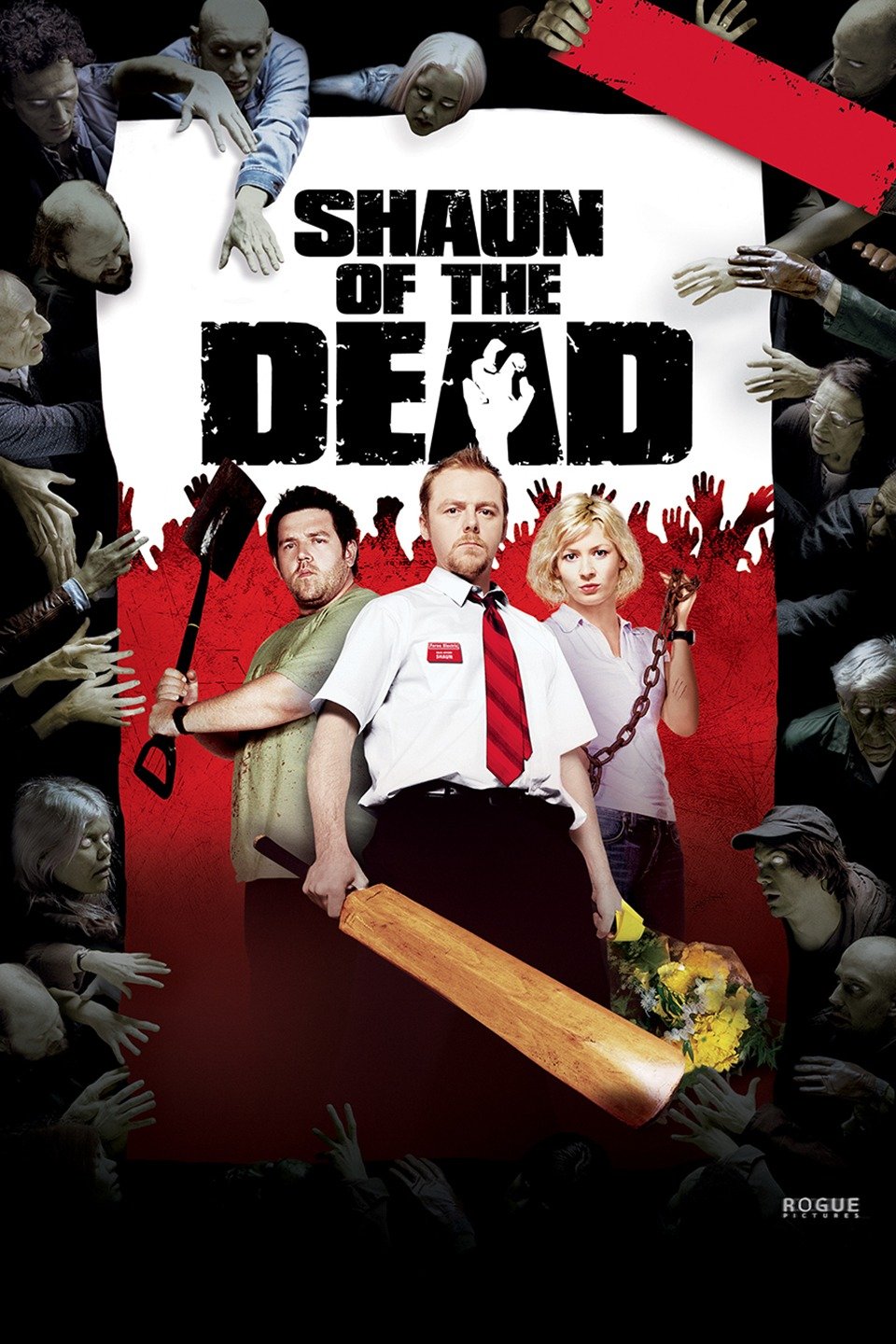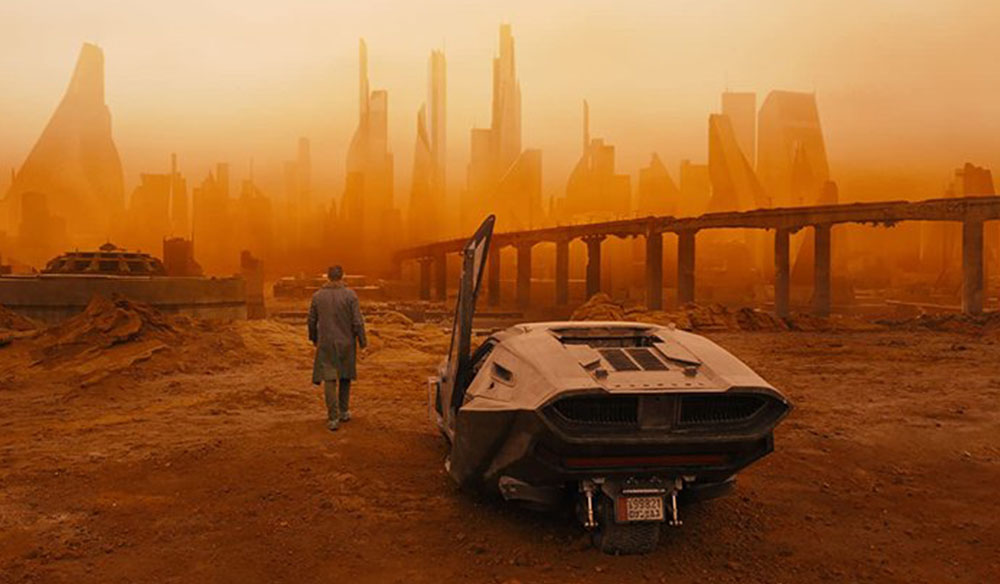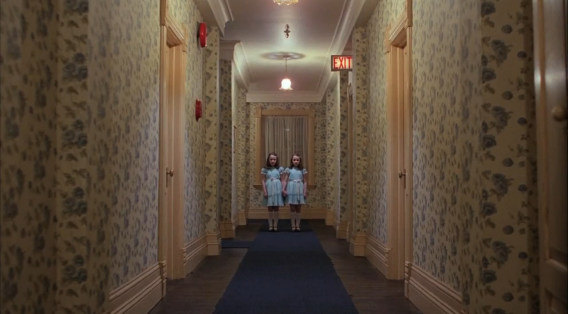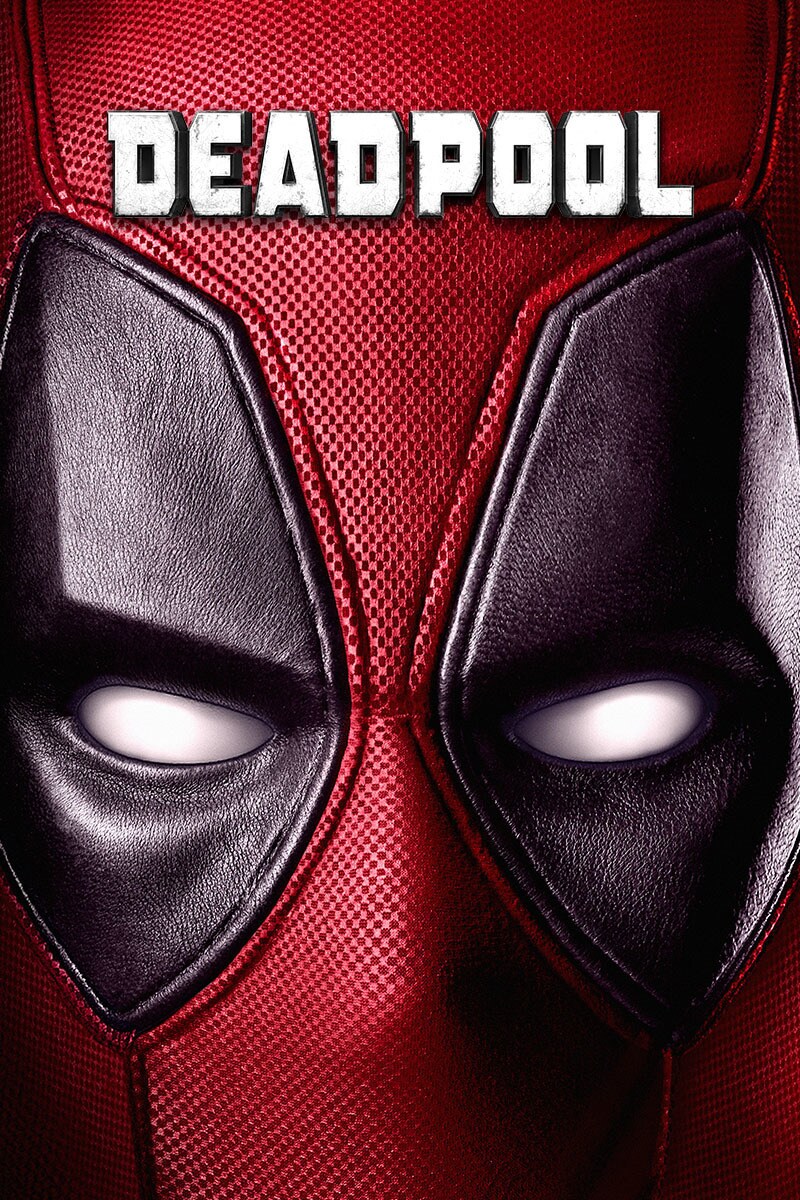| Film | Preference (/10) | Memorable scene | Film Element focus |
| Whiplash (Damien Chazelle 2014) | 10 (better than Shining) | Final scene where Andrew and Fletcher have a sort of jazz fight | Editing |
All posts by Sam Latham
Filters
story boarding miller and sweep
monaco spectrum of the arts
The main three forms of the arts are the performance arts, the representational arts and the recording arts.
The Performance Arts
The performance arts are forms of that art where the performers use their voices and bodies or objects to convey emotion such as dance or acting.

The Representational Arts
The representational arts are more visual and are usually either a book or some form of painting or drawing.

The Recording Arts
The recording arts are where the performance is recorded then usually edited and then shows to people like a film.

The main difference between performance arts and recording arts is that with a live stage production you decide where to look but with a film the cinematography and mise-en-scene either directly tell you where to look or more subtly guide your eyeline towards a point of focus.
SHOT distances
XCU
In The Good, The Bad and The Ugly a series of quickly changing shots from extreme close up to hip shot and back and forth quickly. The extreme close up heightens the tension between the characters

MS
In the shining Kubrick uses a medium shot as Jack chases Danny through the maze to make it feel like Jack is right behind Danny and the fact that he is this close means he takes up a lot of the frame which gives him this big formidable presence

XLS
In this scene from Blade Runner 2049 an extreme long shot is used to establish where K is and it is and it shows us this huge city with the orange hues across the sky

KUbrick Cinematography
One Point Perspective
One-Point perspective leads the audiences eyes towards one point in the near the center of the screen (aka the horizon), this gives whatever is on the horizon (which in this case is the double doors) a distant far away presence

Long Steadicam Takes
Long Steadicam Takes to make it feel like you are chasing after Danny and this low angle also help obscure your view of whats ahead of Danny creating this fear of what could wait in front
Deep Focus
Deep Focus is used to make the audience not just focus on the actors but the whole frame, for instance in this scene Kubrick uses deep focus to show the audience not just the world leaders but also the countries they lead that are displayed behind them

Symmetrical Composition
Symmetrical Composition creates an unnerving presence and creates sinister undertones which is the exact effect Kubrick wants. In this scene the twins at the end of the hallway have a very eerie and unnatural aura because symmetry is unnatural which Kubrick uses here

the Shining initial Response
| FILM | Preference (/10) | Memorable Scene | Film Element Focus |
| The Shining (Kubrick, 1980) | 10/10 | When Wendy finds Jacks writings and Jack goes crazy | Cinematography |
CINEMATOGRAPHY AND DIEGESIS
Cinematography is the art of motion picture photography and filming. Cinematographers are in charge of the camera, whats in the shot, the positioning of the camera and makes what the director wants to happen happen and the cinematographer follows the directs lead.
The director of cinematography often speaks with the DoP to decide what kind of lens and focal length to use for filming, depth of filed and composition.
DIEGESIS
diegesis refers to the world of the film, there are three terms that explain the relationship between the audience and the camera – diegetic, intra- diegetic and extra- diegetic.
Diegetic perspective is how the audience is being asked to look at the content or subject on the screen
intra-diegetic when the audience are put into the place of a character and being asked to see things from their viewpoint E.G. Cloverfield
extra-diegetic is when someone on screen addresses the audience directly by looking directly into the camera, also known as “breaking the 4th wall” E.G. Deadpool

bladerunner initial response
| Film | Preference | Memorable Scene | Film Element focus |
| Bladerunner (Scott, 1982) | 9/10 | When Deckard and Roy fight in the Bradbury Apartments | Mise en Scene |
What Makes A Film Good?
To answer this question I will be focusing on one film, (2004) Shaun of the Dead, written by Edgar Wright and Simon Pegg and directed by Edgar Wright. A comedy horror zombie film where we follow Shaun, a salesman as he grows up and starts to put his life in the right direction during a zombie apocalypse. The main ethnicity represented in this film are all white british people with one or two exceptions. The film opens with Shaun and his girlfriend Liz discussing Ed, (Shaun’s friend who gets in the way of their relationship), Liz doesn’t want to be rid of Ed but rather a balance between her and Ed. One of the first shots of the film is Shaun and Liz talking about Ed with Ed in the background between them which quickly establishes one of the main plot point of the film, then next shot also introduces us to Liz’s flatmates Dianne and David, these opening shots also quickly establish the character dynamic of the group. In this film we see a lot of Edgar Wright’s unique cinematography and editing, using up close shots, quick zooms and quick cuts he can turn a mundane task such as making breakfast into an action packed sequence. In these rapid scenes he also uses sound effects to give each action such as grabbing a knife, spreading jam and putting milk in the fridge a level of intensity and speed. Because of the staging and sound design of this film we continually see and hear things that hint at zombies or danger but due to the staging and mise-en-scene Shaun never picks up on these things or never has a chance to properly look at what is going on. Throughout the film we see Shaun finally grow up and start to point his life in some sort of direction as he makes plans to combat the zombie apocalypse, he goes from a lazy slob coasting through life to a selfless hero who disregards his own safety to try and keep the people he loves safe and is selfless enough to shoot his own mother to protect his friends. Later in the film Shaun and his friends and mum are inside a pub after evading the zombies and after turning the power on they are confronted by a zombie and Don’t Stop me now by Queen begins to play and they whack the zombie in time to the song as the camera does constant arc shots around the chaos which makes this scene excellent. As the film reaches its climax Shaun’s mum, Dianne and David all die in gory and gruesome fashions and Liz Shaun and Ed hide in the basement, luckily they are saved in the nick of time by the military. We then cut to 6 months later where zombies are being used for entertainment on TV and we see Shaun with Liz in Shaun’s house, we see him go to the garden shed where Ed as a zombie is chained up playing video games and Shaun joins him, then the film closes with another Queen track “You’re my Best Friend” showing how the two are still close friends even though one is a zombie.
